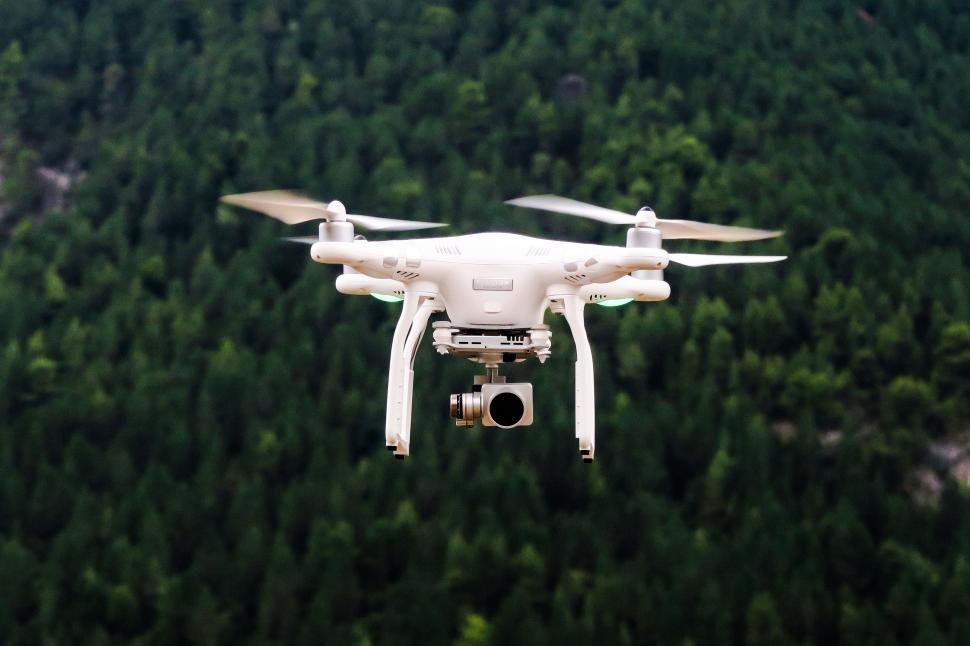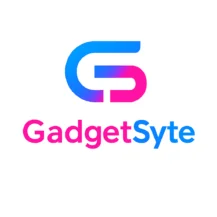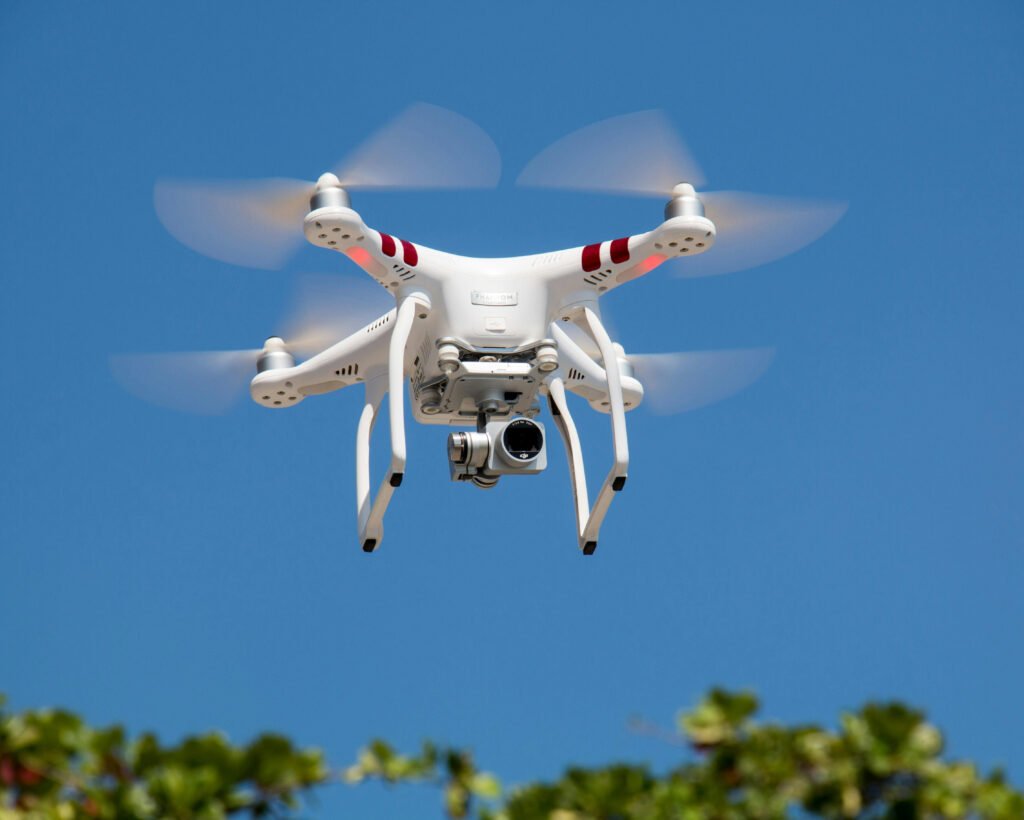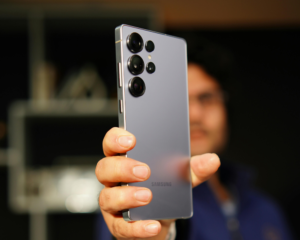What are four types of drones? This is one of the most common questions asked by both beginners and professionals entering the fast-evolving world of drone technology in 2025. With drones being used in everything from aerial photography and agriculture to military surveillance and commercial delivery services, understanding the different types of drones is essential. Whether you’re a tech enthusiast, a content creator, or a business owner exploring automation options, knowing what are four types of drones will help you choose the best one for your specific needs.
The answer to what are four types of drones isn’t just a matter of categorization—it’s a critical step in understanding how drone technology can be applied across various sectors. Each drone type—multi-rotor, fixed-wing, single-rotor, and hybrid VTOL—has unique capabilities, benefits, and limitations. By exploring what are four types of drones, you’ll gain insights into how each is used, which industries benefit the most, and what to consider before investing in one.
So, if you’ve been wondering what are four types of drones and which one is right for your project or passion, you’re in the right place. Let’s explore each type in detail and help you make the best decision for 2025 and beyond.
Understanding the Basics: What Are Four Types of Drones?
To answer the question “what are four types of drones”, we must look at the main categories defined by design, usage, and function. These four types are:
- Multi-Rotor Drones
- Fixed-Wing Drones
- Single-Rotor Helicopter Drones
- Hybrid VTOL (Vertical Take-Off and Landing) Drones
Let’s dive deeper into each type to understand how they operate and where they shine.
1. Multi-Rotor Drones
Multi-rotor drones are the most popular type, especially among beginners and aerial photographers. As the name suggests, these drones come with multiple rotors—typically quadcopters (four rotors), hexacopters (six), or octocopters (eight).
Why Are They Popular?
These drones offer excellent stability, are easy to control, and are relatively affordable. If you’re wondering what are four types of drones suitable for photography, multi-rotor drones top the list.
Best For:
- Aerial photography and videography
- Recreational flying
- Short-range inspections
Pros:
- Easy to operate
- Hovering ability
- Great for tight spaces
Cons:
- Limited flight time (typically 20–30 minutes)
- Not suitable for long-distance missions
2. Fixed-Wing Drones
Fixed-wing drones look more like traditional airplanes and use a single rigid wing for lift. Unlike multi-rotor drones, they don’t hover but glide efficiently over long distances.
When to Choose Fixed-Wing?
If your work requires covering large areas like farmlands or mapping regions, fixed-wing drones are ideal. They’re highly energy-efficient and can fly for hours on a single charge or tank.
Best For:
- Agricultural monitoring
- Mapping and surveying
- Military and defense missions
Pros:
- Long flight time
- High speed and range
- Excellent for large-scale missions
Cons:
- Requires a runway or launcher
- Complex control systems
- Cannot hover
Still asking what are four types of drones that suit enterprise or commercial projects? Fixed-wing drones are your answer for high-efficiency missions.

3. Single-Rotor Helicopter Drones
Single-rotor drones resemble helicopters and are typically powered by gas engines or electric motors. They have a large main rotor and a smaller tail rotor for stability.
Who Uses These?
These drones are usually reserved for industrial or military applications due to their power and capability to carry heavier payloads.
Best For:
- Lidar scanning
- Heavy payload transport
- Research and defense
Pros:
- Longer flight time compared to multi-rotors
- Higher payload capacity
- More efficient than multi-rotors in certain cases
Cons:
- Expensive and harder to fly
- Greater risk in case of failure
Again, in the discussion of what are four types of drones, single-rotor drones are less common for casual users but essential in professional sectors.
4. Hybrid VTOL Drones
Hybrid VTOL (Vertical Take-Off and Landing) drones combine the benefits of multi-rotor and fixed-wing drones. They take off and land like helicopters but switch to fixed-wing flight for efficient long-range missions.
Why Are They Trending?
In 2025, hybrid VTOL drones are increasingly favored in commercial and military applications for their flexibility and extended range.
Best For:
- Delivery systems
- Search and rescue operations
- Infrastructure inspection
Pros:
- Combines the best of both worlds
- Can hover and fly long distances
- Great for complex missions
Cons:
- High cost
- Technologically complex
If you still need clarity on what are four types of drones and which one balances efficiency with maneuverability, hybrid VTOL drones may be your best bet.
Final Thoughts: Why Knowing the Four Types of Drones Matters
Understanding what are four types of drones in 2025 isn’t just about memorizing categories—it’s about unlocking the potential of drone technology across industries and lifestyles. Each type—multi-rotor, fixed-wing, single-rotor, and hybrid VTOL—serves a distinct purpose, and knowing the differences helps you make informed decisions whether you’re a hobbyist, filmmaker, farmer, or engineer.
If you’re focused on photography and need hovering capabilities, multi-rotor drones are your go-to. If long-range travel and endurance are key, fixed-wing drones shine. For heavy lifting or industrial tasks, single-rotor drones offer power, while hybrid VTOLs combine the best of all worlds for versatility and innovation.
So, the next time someone asks, “What are four types of drones?”, you’ll not only have the answer—you’ll also understand why it matters. In a world where drones are shaping everything from logistics to art, this knowledge sets you apart.
Whether you’re planning your next drone purchase or just expanding your tech knowledge, knowing what are four types of drones is a valuable step in navigating the drone revolution of 2025.
For more drone insights, comparisons, and expert tips, visit GadgetSyte.com — your ultimate destination for future-forward gadget reviews.







